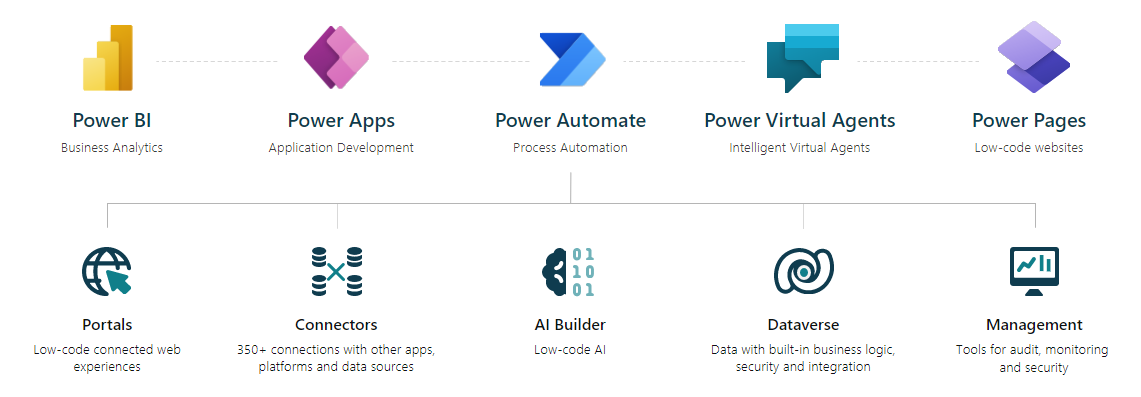Your Microsoft Power Platform project needs more than just software to succeed. Discover five tips to manage your projects and meet expectations efficiently, including how to understand the requirements for each project, choose the right tools for success, select the right team to achieve your goals, get everybody working towards the same goals, and engage clients transparently.
Successful delivery of low-code projects requires well-defined management strategies to succeed. Project managers must create efficient strategies to facilitate teamwork and deliver on client expectations — and projects using Microsoft Power Platform are no exception.
While Microsoft Power Platform provides developers with easy-to-use tools to create and deploy projects rapidly, we find that project management practices are still instrumental to successful delivery. We’ve outlined five essential steps to manage your delivery team effectively and achieve your project’s desired outcomes.
What is Microsoft Power Platform?
Microsoft Power Platform encompasses a variety of capabilities. These include AI, data, business intelligence, app development, automation, bots, and portals. The platform’s low-code solutions enable developers to build and deploy complex solutions quickly and efficiently.
Products included in Microsoft Power Platform include Power BI to visualize data, Power Apps to write low-code customized business applications and portals, Power Pages to create low-code websites, Power Virtual agents to offer chat-bot engagement, and more to support the rapid development of your projects.

Microsoft Power Platform also provides integrations with GitHub and Microsoft Teams to support collaborative teamwork.
What do I need to succeed?
While Microsoft Power Platform provides the technology to easily create complex applications, you’ll need more than software to coordinate teamwork, manage client expectations, and achieve the goals of each project. These five steps can help you make the most of each Power Platform project and support your path towards success:
Take the next steps towards success
A structured process and clear steps can help you effectively manage your Microsoft Power Platform projects in a fast-paced environment.
Before you get started on each project, understand the project’s requirements, choose the best tools available to manage tasks, build a team with complementary skills and experience, ensure each team member is working towards the same goals, and engage your clients transparently.
Connect with us to get started
Our team of dedicated professionals can help you determine which options are best for you and how adopting these kinds of solutions could transform the way your organization works. For more information, and for extra support along the way, contact our team.
